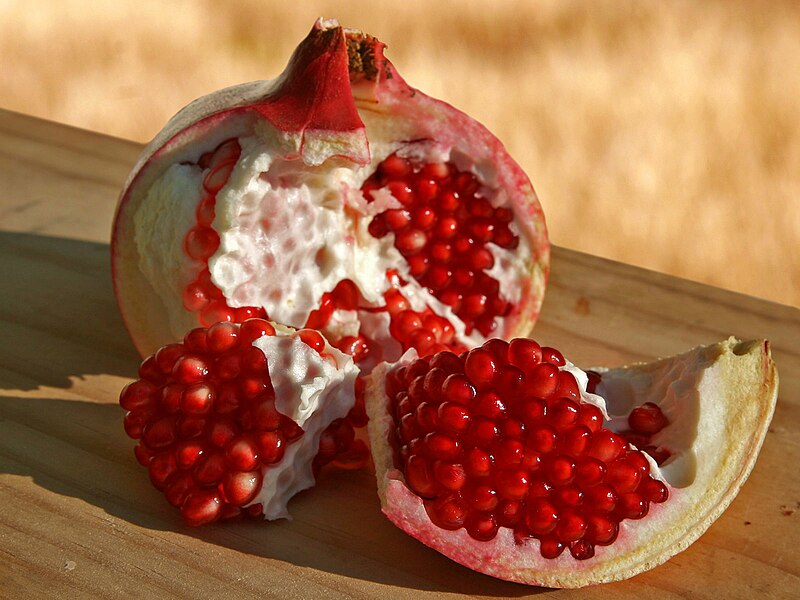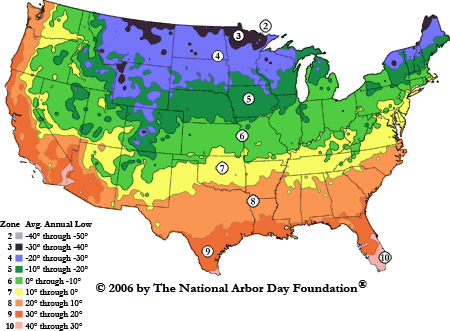 |
| Photo courtesy of Tatjana |
It's probably cheaper for you to buy a pomegranate locally and obtain seeds from there. You can buy them online but I recommend actually buying an entire fruit. This way you get to enjoy some of the delicious ruby gems inside! There's plenty of seeds in there so you won't have to be shy. For those of you who aren't familiar with how to select or open a pomegranate fruit (technically a berry!) see this helpful how to: How to Select & Prepare Pomegranate
Now onto the growing!
To start you'll need to clean the aril (fleshy part) off from around the seed. This can be done by sucking it off or using your nails to clean it. If you choose to suck it off be careful not to bite down on the seed. When you're done you will need to let the seeds dry overnight as they are susceptible to mold. Lay the freshly cleaned seeds out on a paper towel and set it in the window. Come morning they should be ready provided you spaced them fairly on the towel. I set mine near the heating pad and they dried nicely. The seeds can be stored for some time and still remain viable. Once the seeds are dry they should look something like the photograph to the right.
Pomegranates require a well-draining soil, but they aren't too picky. For my potting mix I used Miracle Gro's citrus soil and mixed it with a little bit of their moisture plus (which I'm trying to get rid of to be honest) and Osmocote time-release fertilizer for flowers and vegetables. I mixed the two together in a bowl with some water until all the soil was damp. The Jiffy peat pellets would also be a great option for these seeds. If you need a refresher on what any the materials I use are and where to get them you can visit the tool shed portion of my page.
You are now ready to fill the pot or put your seeds in your peat pellets. Place a few stones or pot shards in the bottom of the pot to aide with the drainage and root aeration. Fill the pot with your soil mixture. Don't pack it down. Pomegranate seeds like their soil to be loose. Use your finger to make slight depressions in the soil and place one seed in each. Cover each
 seed with a light dusting of soil and a spritz of water to seal the deal. Cover the pot with a poly bag or cling wrap to seal in the moisture as the seeds will benefit from humidity. Now place your pot on a heating pad or in a warm area and wait for germination, which should take 1-2 weeks. Keep them warm and damp and you'll get your very own pomegranate shrub. No more need to pay that $4/fruit fee at the store. You'll have your own backyard supplier!
seed with a light dusting of soil and a spritz of water to seal the deal. Cover the pot with a poly bag or cling wrap to seal in the moisture as the seeds will benefit from humidity. Now place your pot on a heating pad or in a warm area and wait for germination, which should take 1-2 weeks. Keep them warm and damp and you'll get your very own pomegranate shrub. No more need to pay that $4/fruit fee at the store. You'll have your own backyard supplier!Additional photos of sprouting plants:
 |  |



























